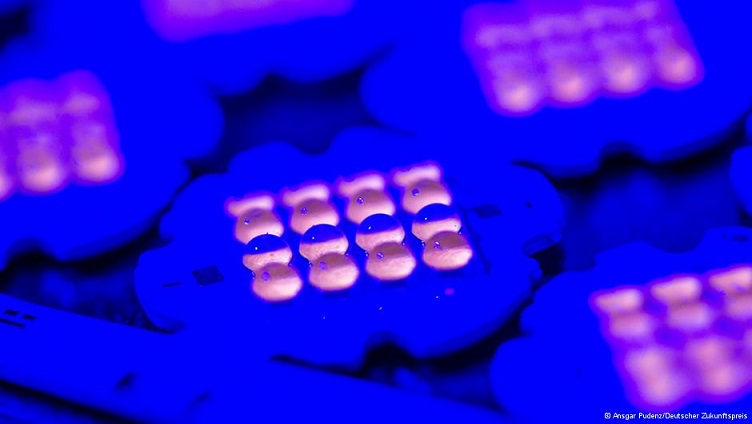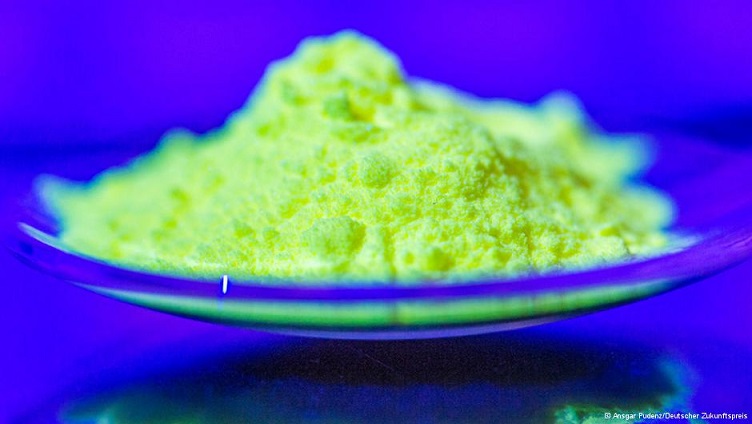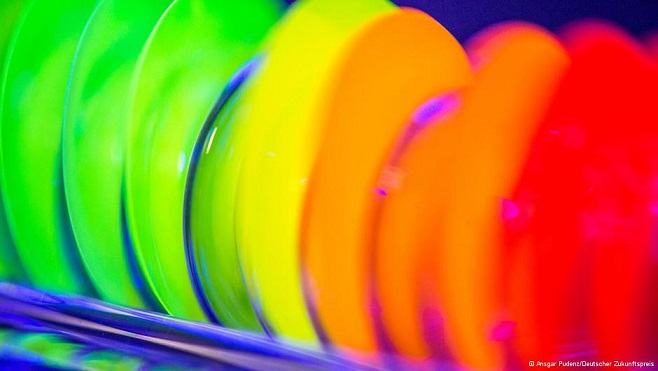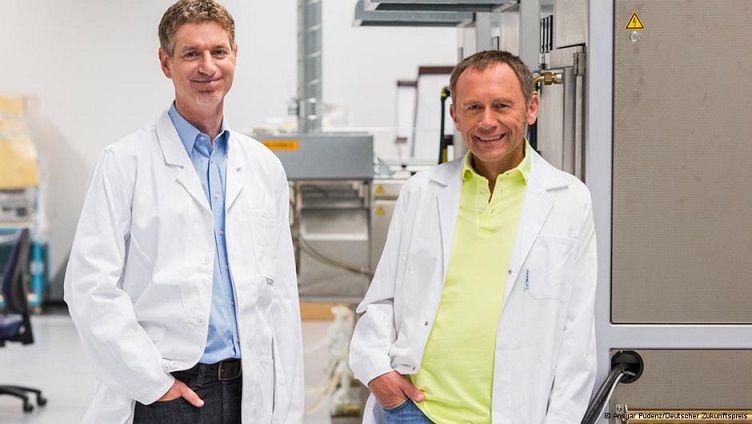The danger of blue light exposure has been a hot topic in the LED industry as of late. This has overshadowed the energy-efficiency and environmental friendliness that LED lights are known for and has prevented them from becoming more widespread.
 |
Blue LEDs produce cold light (photo courtesy: DW)
|
This however will soon change. A German inventor and Chemist have developed a way to create a warm tone to LED lights by employing a luminescent material which will make LEDs more suitable for residential use.
The material is applied as a thin later directly over the LED semiconductor, according to Peter Schmidt, co-developer. "A portion of the blue light passes through this layer," says Schmidt, "but another portion is transformed into green and red light, with the help of this luminescent material." The LED then shifts to a more warm tone, similar to conventional bulbs and halogen lamps.
 |
|
The world supply of silicon nitride consisted of perhaps 100 milligrams before Schmidt's work (photo courtesy: DW) |
Wolfgang Schnick, chemist co-developing this new technology, has developed the luminescent material which is employed to cold LED light to warm. Introduction of silicon nitrides to LEDs can convert blue LEDs to white light. However, silicon nitrides rarely occur on their own due to being a combination of silicon and oxygen. This makes the application of this technology difficult.
 |
|
Green and red silicon nitride layers make the LED lighting warm (photo courtesy: DW) |
Warm-white LEDs have come a long way since the discovery of this new technology. Using Philips labs, Schmidt works on indoor lighting to develop lamps that can be digitally controlled to adjust to the biological needs of humans.
The light spectrum has a direct effect on humans biologically. Blue light, for example, makes our brains produce more serotonin, waking us up. Overexposure however can cause insomnia which makes warm light more relaxing and suitable before bedtime. "With the help of color-controlled lamps, we can adjust the lighting to a person's biorhythm," says Schmidt, explaining his vision.
 |
|
Schmidt and Schnick (photo courtesy: DW) |
This ideology might also be transferred into flatscreen display technology. A blueish tone will be used for morning hours as a “wakeup” screen, and a more warm light for a“sleepytime”screen.















